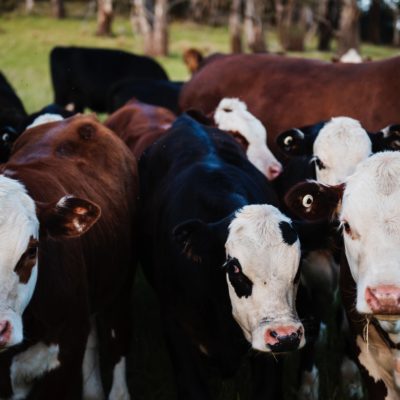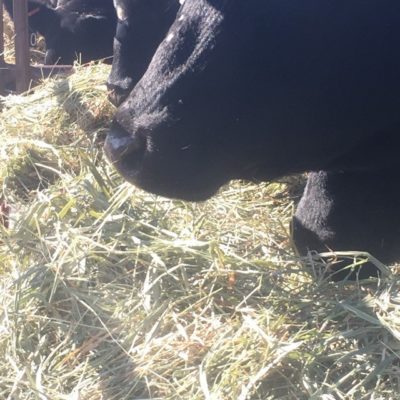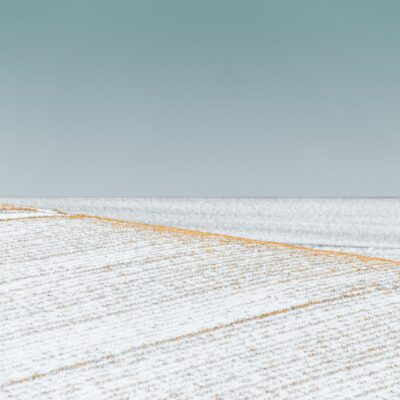Often, I consult with livestock producers testing forage for their animals. Inevitably there are two numbers on the report they are most concerned with, protein and relative feed value (RFV). Protein is an important value to understand if the forage meets animal requirements. RFV is a useful index to quickly compare or rank forages. However, examination of directly measured constituents can help producers understand the characteristics of that forage as it pertains to feeding livestock. So, here are three constituents beyond protein and RFV to consider when evaluating a forage for livestock feed:
1. Acid detergent fiber (ADF)
This is the least digestible portion of the feed. ADF is made up of cellulose, pectin and lignin. Often, ADF is used to calculate the total digestible nutrients (TDN) or the energy value of the forage. Animals require a certain amount of TDN based on their age, weight and physiological state. ADF has an inverse relationship with TDN. Understanding this relationship can allow producers to determine whether energy supplementation will be required when feeding that forage. Producers can understand why TDN is high or low.
The more ADF content in a forage, the less energy value it has. While the less ADF content of a forage, the more energy it has. For example, pre-bud alfalfa hay ADF ranges from 28% to 32% of dry matter, and boot stage grass hay ADF ranges from 35% to 48% of dry matter, with TDN values ranging from 64% to 71% and 49% to 62% respectively.
2. Amylase treated neutral detergent fiber (aNDF)
This portion of the feed represents the indigestible and slowly digestible. Amylase treatment removes starch, leaving cellulose, lignin and hemicellulose. This fibrous portion of the feed has been linked to feed intake as well as palatability. The higher the aNDF content of the feed, the slower the rumen passage rate. Forages must be broken down into 1 mm particles to pass from the rumen to the omasum. The more long-chain carbon molecules such as cellulose, hemicellulose and lignin, the more rumination is required to break the forage down.
More time spent on rumination means less time on feed intake. Therefore, the forage may meet requirements based on protein and energy content, but as aNDF climbs above approximately 60%, the animal may not be able to consume enough of that feed to meet requirements on a pounds-per-day basis. So, aNDF is an important value to understand in order to determine if the animal can consume enough of the forage to meet nutritional requirements.
3. Neutral detergent fiber digestibility (NDFD)
As aNDF is associated with the slowly digestible portion of the feed, a measurement of the digestibility of aNDF can allow a producer to determine how much of the aNDF is indigestible and how much is slowly digestible. The cellulose and hemicellulose portions of aNDF typically have slowly digestible portions, while lignin is the most indigestible portion of forage. The higher the NDFD or the more digestible the aNDF portion of the feed, the less concerned a producer needs to be about the effect of rumen fill or slowed passage rate on feed intake. Often, this coincides with lower lignin content forages. Furthermore, NDFD typically corresponds with the energy value of the forage. High NDFD occurs with high TDN and low NDFD parallels low TDN.
Prudent producers should examine protein, ADF, aNDF and NDFD when evaluating the value of a forage. While forage quality indexes are a quick way to evaluate forages, they are calculated values. These indexes are based on measured constituents. By examining the constituents directly, we can learn more about the characteristics of the forage. Understanding the characteristics of the forage allows producers to make more informed decisions.
Originally Printed for Progressive Forage August 2020




